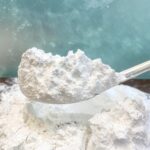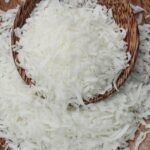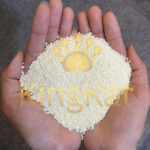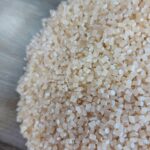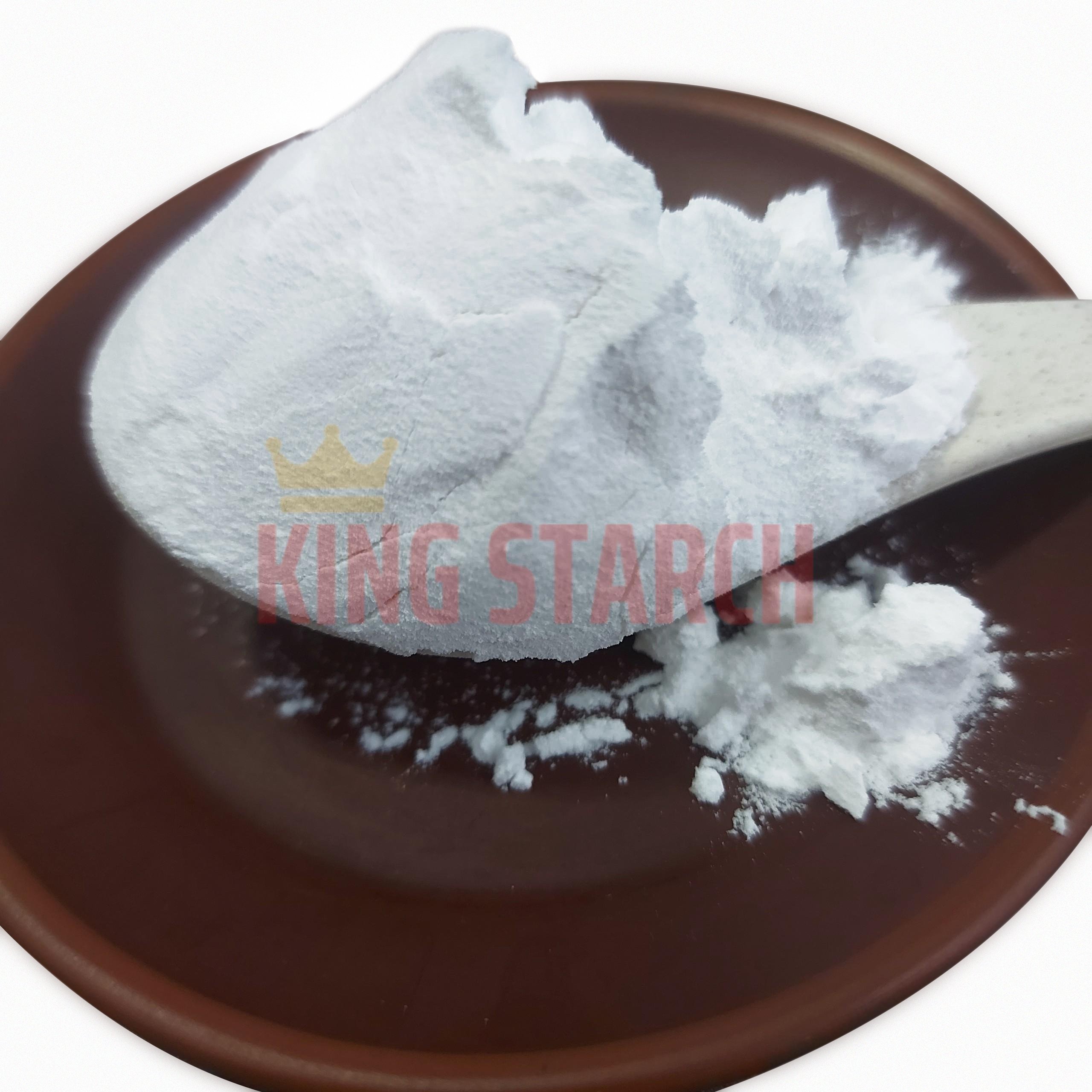CASHEW NUT SHELL OIL
Tapioca Starch Library
MORE ABOUT PREGELATINIZED STARCH – ALPHA STARCH
WHAT IS PREGELATINIZED STARCH?
Pregelatinized is also called Alpha starch. It is a native starch, but cooked, then dried. It has passed the Starch gelatinization process.
Starch gelatinization is a process of breaking down the intermolecular bonds of starch molecules in the presence of water and heat, allowing the hydrogen bonding sites (the hydroxyl hydrogen and oxygen) to engage more water. This irreversibly dissolves the starch granule in water. Water acts as a plasticizer.
Three main processes happen to the starch granule: granule swelling, crystallite or double helical[clarification needed] melting, and amylose leaching.
- During heating, water is first absorbed in the amorphous space of starch, which leads to a swelling phenomenon.
- Water then enters via amorphous regions into the tightly bound areas of double helical structures of amylopectin. At ambient temperatures these crystalline regions do not allow water to enter. Heat causes such regions to become diffuse, the amylose chains begin to dissolve, to separate into an amorphous form and the number and size of crystalline regions decreases. Under the microscope in polarized light starch loses its birefringence and its extinction cross.
- Penetration of water thus increases the randomness in the starch granule structure, and causes swelling; eventually amylose molecules leach into the surrounding water and the granule structure disintegrates.
The gelatinization temperature of starch depends upon plant type and the amount of water present, pH, types and concentration of salt, sugar, fat and protein in the recipe, as well as starch derivatisation technology are used. Some types of unmodified native starches start swelling at 55 °C, other types at 85 °C. The gelatinization temperature of modified starch depends on, for example, the degree of cross-linking, acid treatment, or acetylation.
Gel temperature can also be modified by genetic manipulation of starch synthase genes. Gelatinization temperature also depends on the amount of damaged starch granules; these will swell faster. Damaged starch can be produced, for example, during the wheat milling process, or when drying the starch cake in a starch plant. There is an inverse correlation between gelatinization temperature and glycemic index. High amylose starches require more energy to break up bonds to gelatinize into starch molecules.
Gelatinization improves the availability of starch for amylase hydrolysis. So gelatinization of starch is used constantly in cooking to make the starch digestible or to thicken/bind water in roux, sauce, or soup.
WHAT IS PREGELATINIZED STARCH USED FOR?
 – Pregelatinized starch is widely used in pharmaceuticals because it is bland, odorless, and capable of digestion.
– Pregelatinized starch is widely used in pharmaceuticals because it is bland, odorless, and capable of digestion.
– Pregelatinized Starch swell in cold water and therefore reduce time/cost compared with traditional starch paste preparation.
– Pregelatinized starch is widely used as a pharmaceutical aid, especially as a filler-binder.
– Pregelatinized starch greatly endues the compressibility as well as improves the fluidity of the tablets.
– Pregelatinized Starch, having excellent flow properties and bulk density, allow homogenous filling of capsules.
– It is used as a binder in mosquito coil, incense stick, gypsum board, welding electrode, and briquette industries to replace expensive gum.
– Because of high viscosity and appreciable binding capacity, Alpha starch finds much favor in the adhesive industry and animal feed industries. It helps to bind every nutrient ingredient together and keep the fish feed stable in the water for 2 – 6 hours.
– Pregelatinized food starch is used as a thickening, texturing, and stabilizing agent in cream fillings, canned, sauces, soup mixes, gravies, tomato ketchup, pasty creams, dairy desserts, and other food product industries.
PREGELATINIZED STARCH SPECIFICATION BY KINGSTARCH:
Starch : 90% Min
Moisture : 8% max
Ash : 0.3 % max
PH: 5-7
Viscosity : 700 Min
SO2 : 30ppm max
Whiteness : 75% Min
Fineness : 75% Min
Gelatinization ratio : 90% Min
Impurity : 3% max

